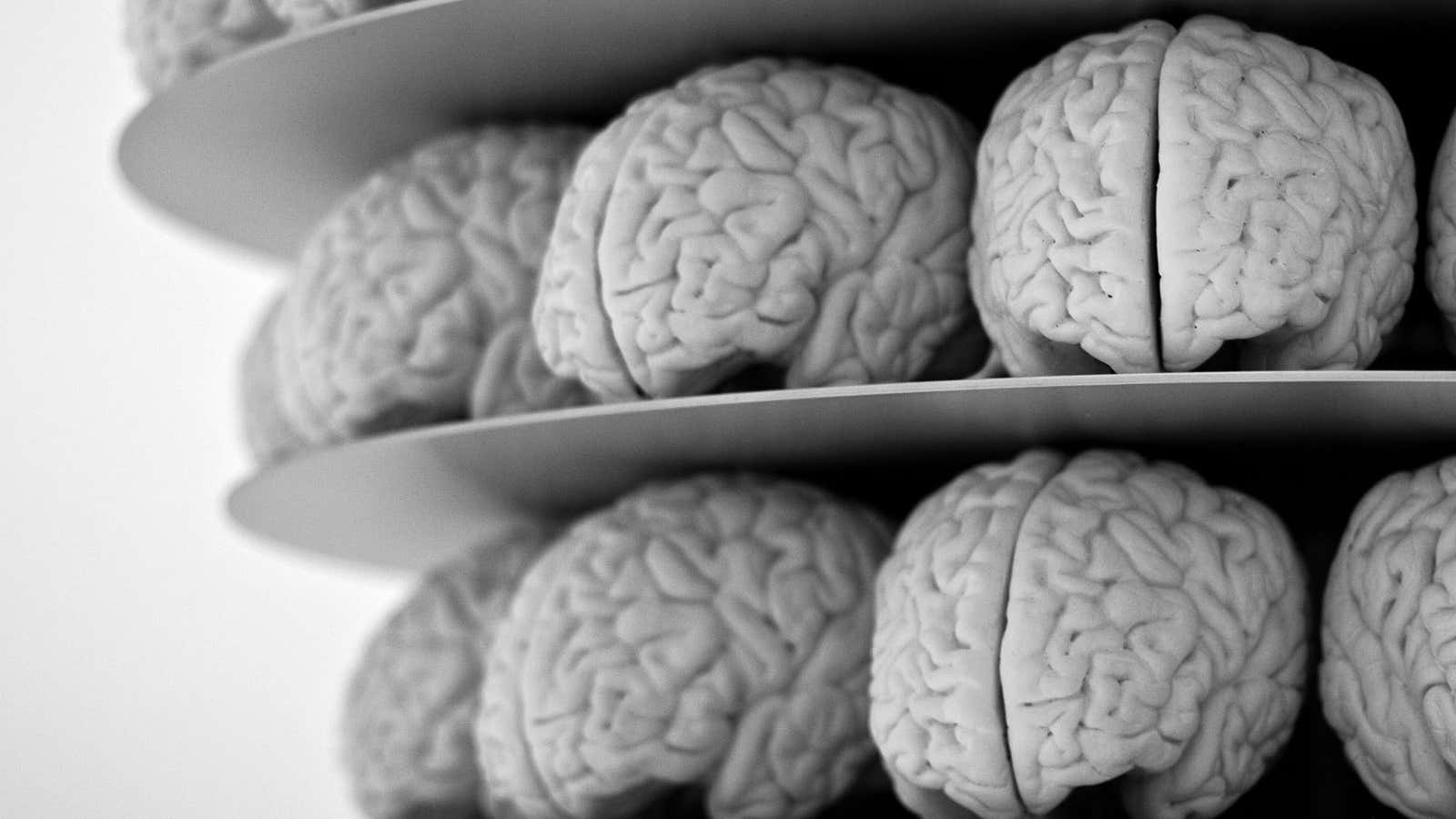The human body is a weird wonder. Despite centuries of study, we are still discovering completely new phenomena. The most recent addition is the evidence that neurodegenerative disorders like Alzheimer’s—considered mostly diseases of aging—could be passed on from one person to another through medical procedures.
The story begins in the 1980s when patients with a short stature were treated using the human growth hormone, which came from the pituitary glands of dead people. The treatment was mostly a success, but a small fraction of people (some 6%) developed Creutzfeldt-Jakob disease (CJD), a neurological disorder.
The UK’s Medical Research Council (MRC) found that the cause of CJD were prions, which are abnormal proteins capable of passing on their abnormalities to other proteins. Worse still, more recently the MRC found that eight CJD patients also exhibited signs of Alzheimer’s in the form of abnormal amyloid beta proteins.
What was surprising was that some of the patients were as young as 36 years old, and Alzheimer’s is exceedingly rare in people under the age of 60. The scientists at MRC were left with only one hypothesis: the cadavers that provided the human growth hormone were contaminated with prions and abnormal amyloid beta proteins, which like prions spread through the patients who received the hormone.
The sample size of the study is small. And the link drawn is based only on observations, which means that the scientists cannot prove for certain that contaminated proteins may have been the cause of the signs of Alzheimer’s. Yet, it’s not an unlikely hypothesis.
Proteins are long chains of molecules, which perform their jobs by folding into precise shapes. Misfolded proteins either don’t work or they work wrongly. In case of CJD patients, prions passed on their misfolding to other proteins. And there is now growing evidence that the misfolding of amyloid beta proteins may cause other proteins to misfold too, which can cause Alzheimer’s disease.
Starting in 1985, patients started receiving a synthetic version of the human growth hormone. However, it means thousands of patients who received their doses from cadavers before 1985 are at risk. More importantly, these results published in Nature should prompt doctors around the world to rethink procedures they use which may lead to transmission of proteins.
A lot more work will be needed to confirm the link exists. And, to be sure, even if confirmed it would not mean that Alzheimer’s disease is contagious in the way that flu is. But it does mean that despite more than 100 years of studying Alzheimer’s, we are still not close to understanding it, let alone stopping it.
